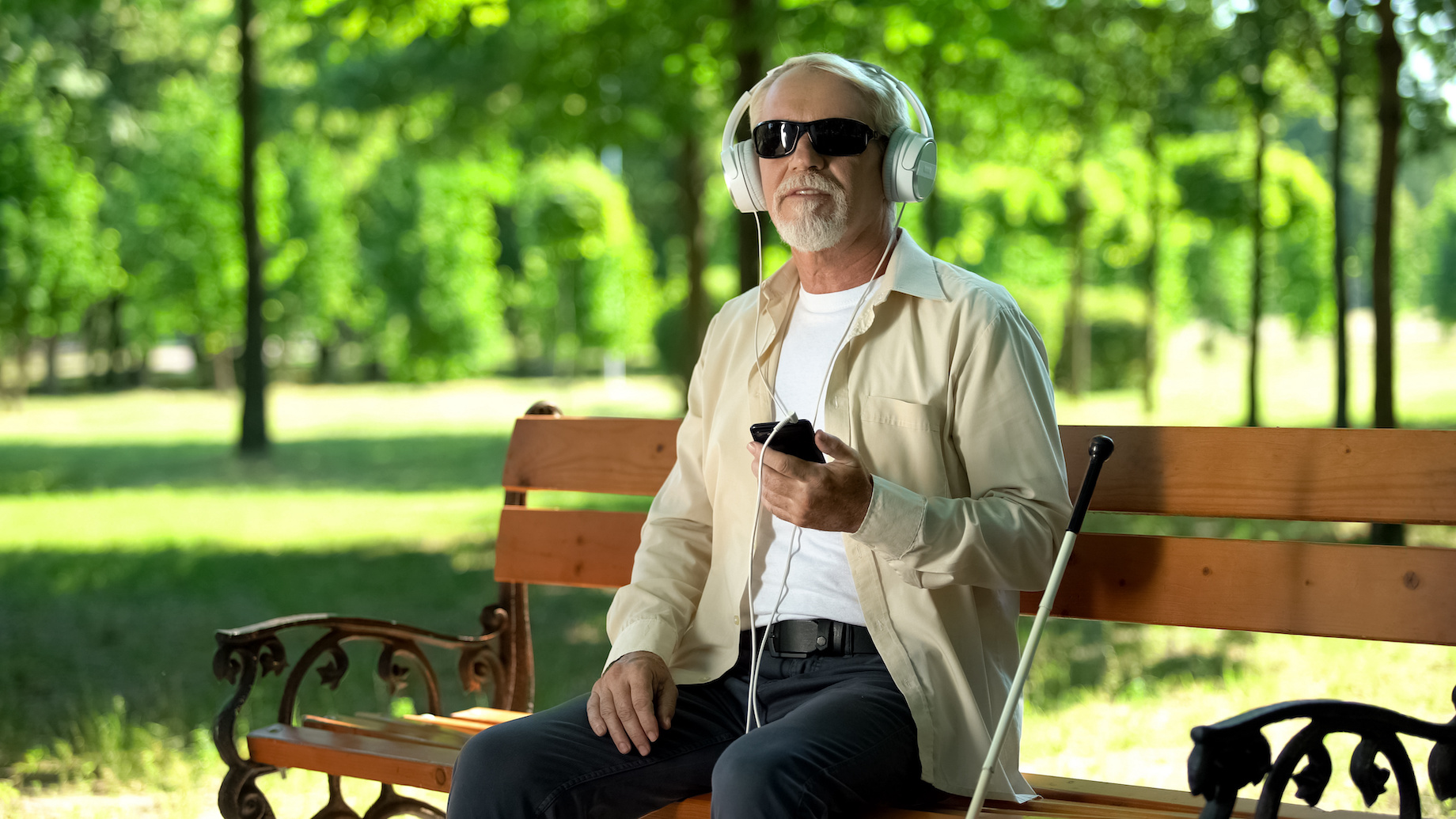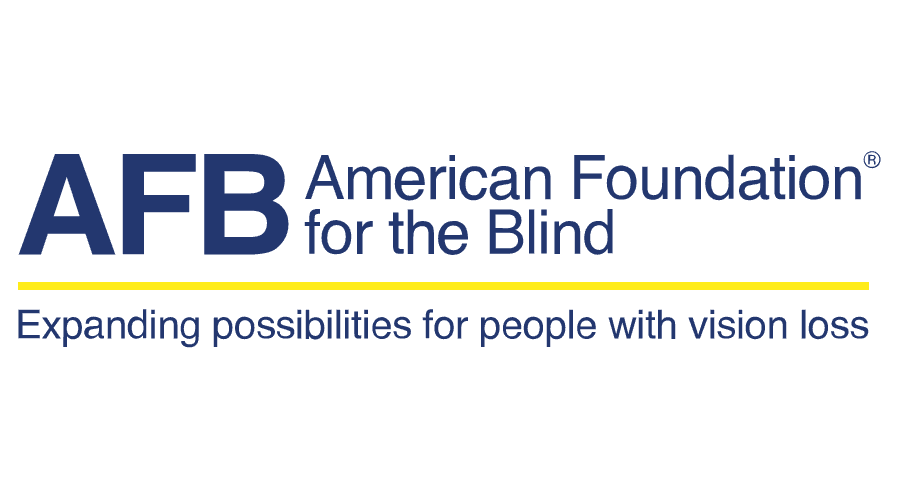
The History of Audiobooks
February 19, 2024 10:42 am Leave your thoughts
Recently, I found myself scrolling through heaps of titles on my beloved audible app, looking for my next listening experience. Would it be a murder mystery? Or how about a guilty pleasure beach read where the heroine loses love a million times before she finally finds it? Maybe a self-help book about setting boundaries with in-laws? So many choices! I suddenly thought to myself, “What was the first audiobook ever made?” I closed my audible app (after downloading a thriller) and opened, you guessed it, google.
So, it turns out the first “audiobooks” emerged not from a way to take in storytelling in the digital age, but from an innovative effort to bring literature to those who could not access it through reading it off the page. All the way back in 1932 the American Foundation for the Blind was determined to make books available for all to enjoy.
In 1932, the AFB launched the “Talking Book Program” in partnership with the Library of Congress. The program aimed to provide accessible reading materials for blind and visually impaired individuals. The first audiobooks were recorded onto long-playing records, which were a new technology at the time.

So, learning this, of course my next burning question was…with the ability to record books, which were the first books to be chosen to record?! My fingers typed madly while I scanned the screen with bated breath. It turns out that the first selection to turn into audio waves included titles such as , ya know, that thing called the Bible, as well as Shakespearean plays, and popular novels of the time. “Makes sense”, I thought. Just like these days, the books that get turned into films are the ones with the most buzz and mass appeal, right?
After the technology was a go, the next logical step was to bring in professional actors and voice artists to bring these stories to life. You might think the dryer material took a back seat to the golden allure of being entertained but one of the most iconic early audiobooks was the recording of the Declaration of Independence and the Constitution of the United States. It was made in 1934, and marked an important milestone in making historical and legal texts accessible to visually impaired individuals.
Fast forward through time and audiobooks continued to evolve with advancements in technology, transitioning from vinyl records to cassette tapes (anyone remember pulling stuck tape out of a cassette player?) CDs, and eventually digital formats like Audible, my beloved app.

Today, audiobooks make storytelling not just accessible to everyone but also totally immersive for everyone. Not only that, they are a convenient way to learn something new on the dreaded commute, or keep one company on a 12 hour drive across states to visit a loved one or apply for a new job. Audiobooks have become traveling companions, our fellow road warriors. They harken us back to the days of being told stories around a campfire at camp or while being tucked into bed at night as children, “One more story Mom!” That’s what I yell at my audible account when a great audiobook ends, “Noooo, another story please!”
We welcome you to join us for an introductory Voice Over class HERE
Tags: Accessibility, afb, american foundation for the blind, audio history, audiobooks, voice over historyCategorised in: Blog
This post was written by Simone Stevens









